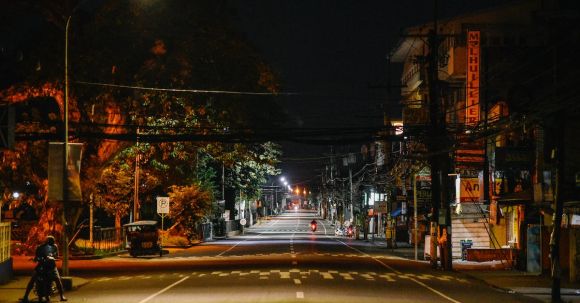Motorcycles are a popular mode of transportation for many people, offering a sense of freedom and exhilaration on the open road. However, like any other vehicle, motorcycles are prone to electrical issues that can cause frustration and inconvenience for riders. In this article, we will explore some common motorcycle electrical issues and provide practical solutions to help you get back on the road quickly and safely.
1. Dead Battery
One of the most common electrical issues faced by motorcycle riders is a dead battery. This can happen if the motorcycle is not used for an extended period or if there is a problem with the charging system. To solve this issue, you can try jump-starting the motorcycle using jumper cables connected to another vehicle’s battery. If this doesn’t work, it may be necessary to replace the battery.
2. Faulty Charging System
A faulty charging system can prevent your motorcycle’s battery from receiving a proper charge, leading to frequent battery drain. To diagnose this issue, you can use a multimeter to check the voltage output of the charging system. If the voltage is below the recommended range, it may be necessary to replace the alternator or voltage regulator.
3. Blown Fuses
Blown fuses are another common electrical issue in motorcycles. A blown fuse can cause a specific electrical component, such as the lights or horn, to stop working. To fix this issue, locate the fuse box in your motorcycle and check if any of the fuses are blown. Replace the blown fuse with a new one of the same rating to restore functionality.
4. Faulty Wiring
Faulty wiring can cause a variety of electrical issues in motorcycles. Symptoms of faulty wiring include intermittent electrical failures, flickering lights, or non-responsive switches. To fix this issue, visually inspect the wiring harness for any signs of damage or loose connections. Repair or replace any damaged wiring to ensure proper electrical flow.
5. Ignition Problems
Ignition problems can prevent your motorcycle from starting or cause it to stall while riding. If you encounter this issue, check the ignition switch, spark plugs, and ignition coils for any signs of damage or wear. Cleaning or replacing these components as necessary can help resolve ignition-related issues.
6. Dim or Flickering Lights
Dim or flickering lights can be a safety concern for motorcycle riders, especially during nighttime riding. This issue can be caused by a weak battery, faulty wiring, or a bad connection. Start by checking the battery voltage and inspecting the wiring connections to ensure they are secure. If the issue persists, it may be necessary to replace the bulbs or the entire lighting system.
7. Loose or Corroded Battery Connections
Loose or corroded battery connections can cause intermittent electrical failures or prevent your motorcycle from starting. Regularly inspect the battery terminals and cables for any signs of corrosion or looseness. Clean the terminals with a wire brush and tighten the connections to ensure a secure electrical connection.
In conclusion, motorcycle electrical issues can be frustrating, but with the right knowledge and troubleshooting steps, they can be resolved efficiently. By addressing common problems such as dead batteries, faulty charging systems, blown fuses, faulty wiring, ignition problems, dim or flickering lights, and loose or corroded battery connections, you can keep your motorcycle running smoothly and enjoy a hassle-free riding experience. Remember to always consult a professional if you are unsure or uncomfortable with performing electrical repairs yourself.
